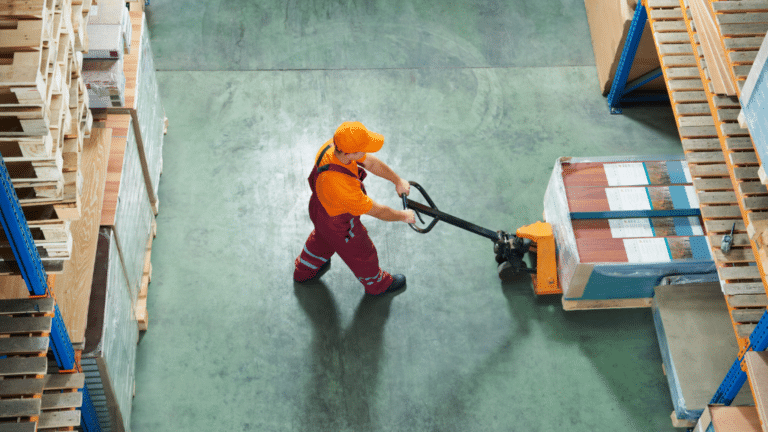Choosing the Right Method
The ideal sterilization method depends on factors like the material, product design, volume, and regulatory requirements:
- Use radiation sterilization for fast, residual-free sterilization of heat-sensitive, single-use devices and pre-packaged products with radiation-compatible materials.
- Use steam sterilization for heat- and moisture-resistant products and reusable items like surgical instruments.
- Use EO sterilization when there is not an alternative: for devices with sensitive materials that are not compatible with high temperature or radiation
Methods, Compared: Radiation, EO, and Steam
| Aspect | Radiation | EO | Steam |
|---|---|---|---|
| Residuals | None | Requires aeration to remove toxic residues. | None |
| Device Material Compatibility | Not all materials are radiation-compatible. Restrictions for batteries and some polymers. | Excellent for most materials. Restrictions for batteries, temperature, humidity. | Limited to items compatible with saturated steam, high pressure, and high temperature. |
| Packaging Compatibility | Compatible with shipper boxes and printed IFUs, though large IFUs can create challenges for dose delivery. | Compatible with Tyvek pouches and films with management of leakage concerns (low-throughput ECHo). | Performed at unit level with vented packaging. Not compatible with shipper boxes or printed IFUs. |
| Processing Speed | E-beam: fastest (seconds to minutes) X-ray: slower (minutes to hours) Gamma: slower (hours) |
Slow due to multiple long cycles: Preconditioning (12-24 hrs) Sterilization (2-24 hrs) Aeration (12-48 hrs) |
Rapid (typically 20-60 minutes) |
| Penetration | E-Beam: Unit to box level Gamma: High density box to moderate density pallet X-ray: High density box to moderate / high density pallet-level |
Pallet level, even for dense or complex items. | Excellent penetration but limited to unit level by packaging compatibility. |
| Cost | Lowest (low $/unit for E-beam and gamma) X-ray/Gamma: moderate $/unit |
Moderate initial and operational costs. | Low cost for setup and operational costs. |
| Scalability | High, especially for gamma and X-ray. | Moderate-high. (slower process but widely available and chambers can be up to trailer size). | Limited by chamber size but available up to pallet-level; chambers, tubing, and configuration can be very efficient at unit level. |
| Environmental Impact | E-beam/X-ray: No chemical emissions. Powered by electricity. Gamma: Cobalt-60 has very low carbon footprint. |
EO is toxic and regulated. Heating of preconditioning, sterilization, and aeration areas can require significant energy. | Uses water and energy but no chemicals. |
| Outlook | Mature and growing. E-beam - most cost effective for high volume compatible products. X-ray/Gamma - needed for high-density products that cannot process in E-Beam. |
Regulation increasing with ongoing litigation risk in USA with impact on pricing and availability. | Stable and excellent performance for products that can tolerate high-temperature steam. Great choice for inline or end-of-line sterilization at a manufacturing site. |
Radiation Sterilization Benefits and Considerations
Benefits:
Radiation sterilization, which includes gamma, electron beam (E-Beam), and X-ray methods, offers several notable advantages. It is highly effective at eliminating microorganisms, achieving sterility with precision. The process is rapid, requiring seconds to hours depending on the method and product, making it well-suited for high-volume production. Unlike chemical sterilization methods such as ethylene oxide (EO) or vaporized hydrogen peroxide (VHP / HPGP), radiation does not leave residuals, simplifying the safety and processing of sensitive products such as medical devices, pharmaceuticals, and food. Radiation is a dry process performed at ambient temperature and pressure, making it ideal for materials that are sensitive to moisture, temperature, or pressure changes.
Considerations:
However, radiation sterilization also has some disadvantages. It requires specialized equipment, facilities, and personnel, which can result in high upfront costs for manufacturers if a contract provider is not available. Certain materials, particularly some plastics and polymers, may degrade under radiation, leading to changes in color or mechanical or chemical properties. Additionally, the penetration depth varies by method; for instance, X-rays at >5 MeV penetrate furthest, while gamma penetration is moderate and E-Beam radiation typically has more limited penetration, improving efficiency and sustainability but restricting the types and sizes of products it can sterilize. Regulatory compliance and validation processes for radiation sterilization are also rigorous, requiring thorough testing and documentation according to ISO 11137 and ISO 13485. Lastly, for gamma sterilization specifically, the use of radioactive isotopes like cobalt-60 requires careful handling, transport, and disposal, adding complexity to the process. Despite these challenges, the benefits often outweigh the drawbacks for many applications.
Which Method Is Right For You?
A thorough evaluation of your product’s material compatibility and sterilization needs is essential for choosing the most effective method.
At NextBeam, our facility is registered with FDA and USDA APHIS, with accreditations for ISO 13485, ISO 9001, and MedAccred.
We irradiate medical devices, pharmaceuticals, tissue/biologics, laboratory supplies, specialty polymers, and many other product types.
Contact us today for a no-obligation consultation on your specific product needs.
Additional Articles We Think You Might Like
Have a question? Speak with a sterilization expert today, at your own convenience.





